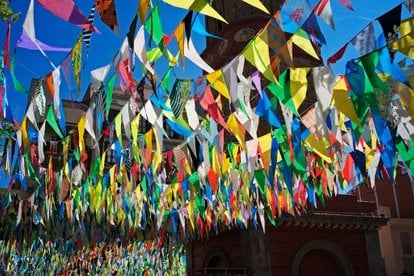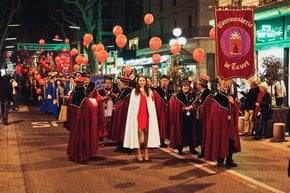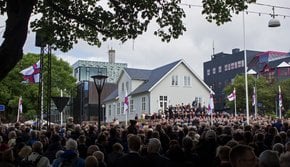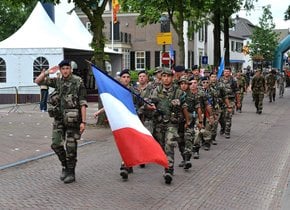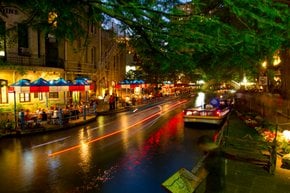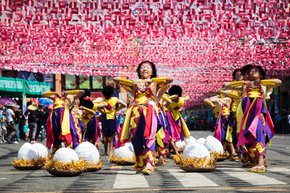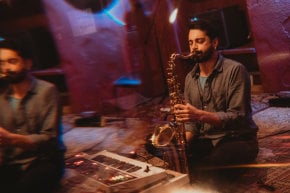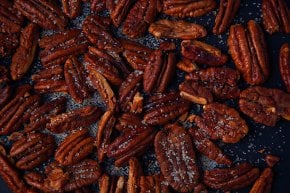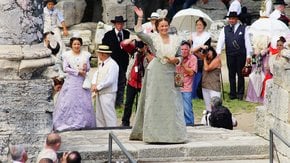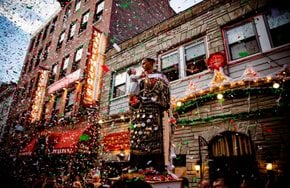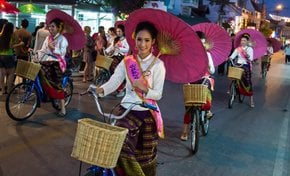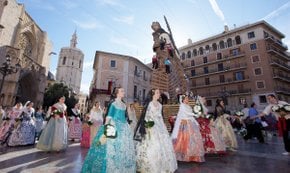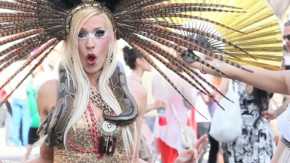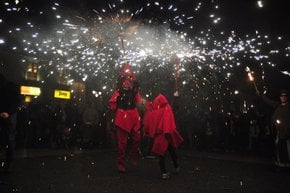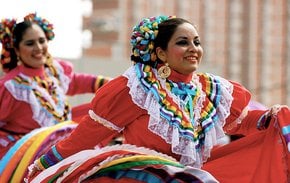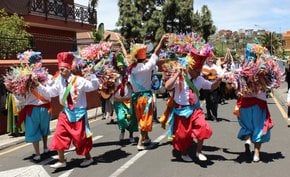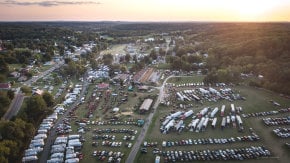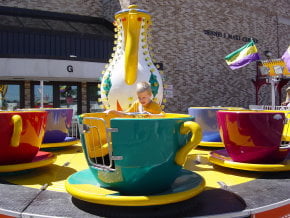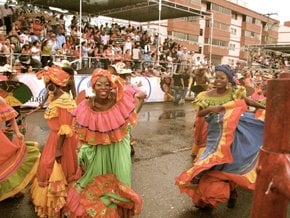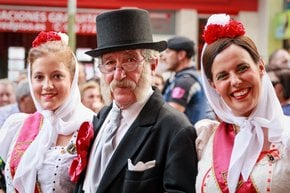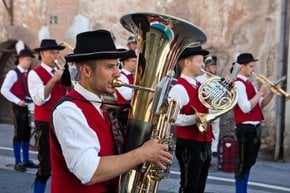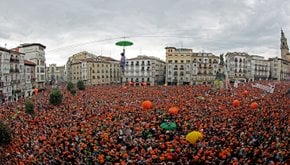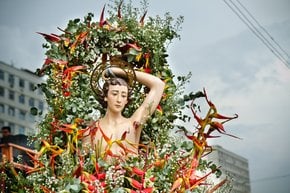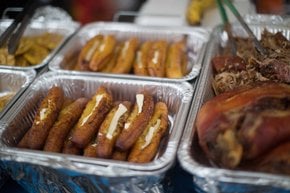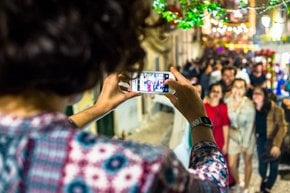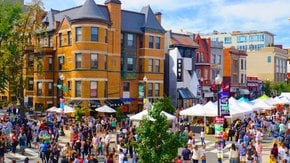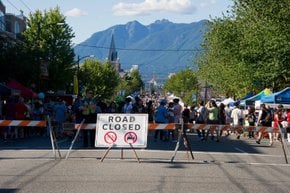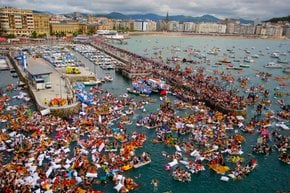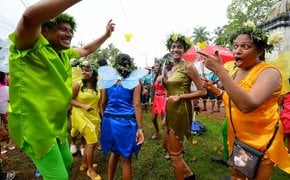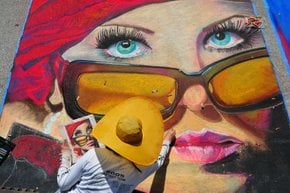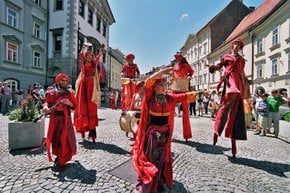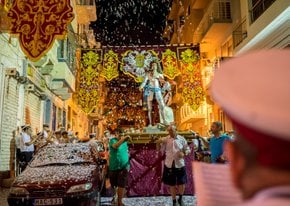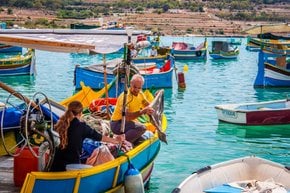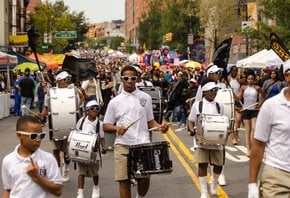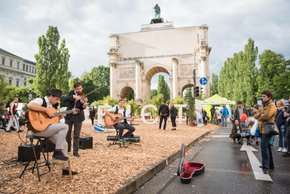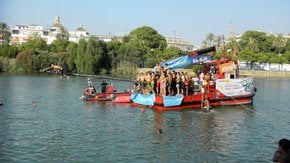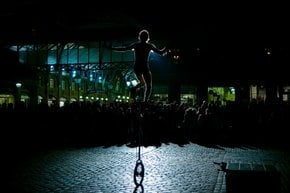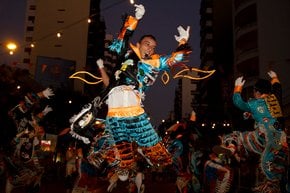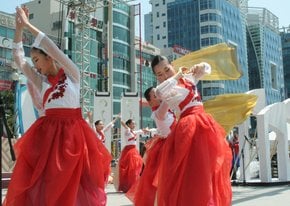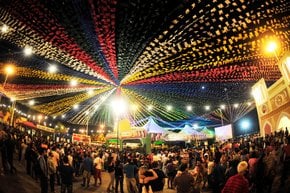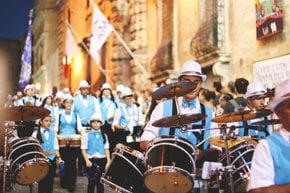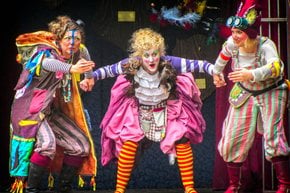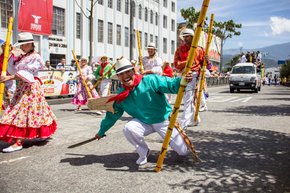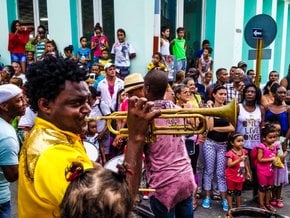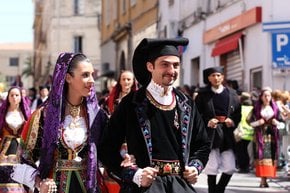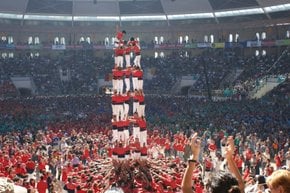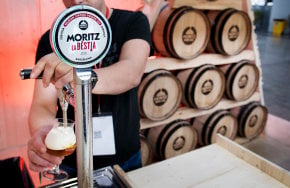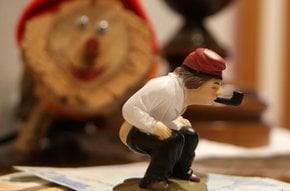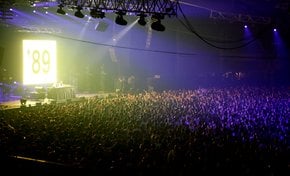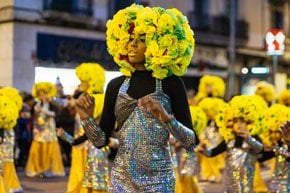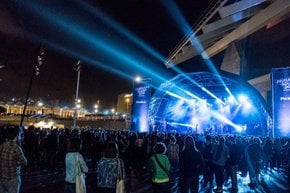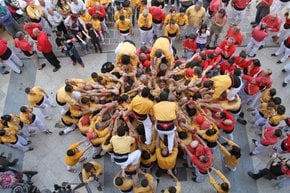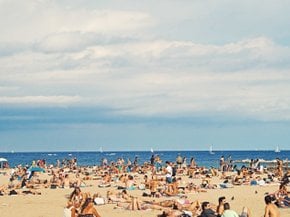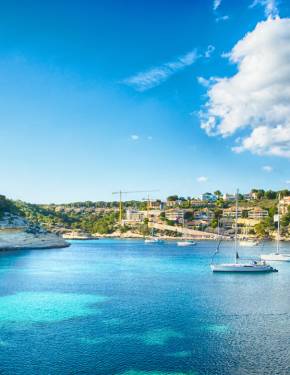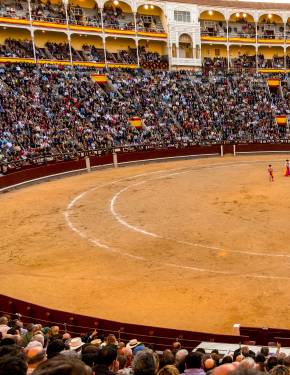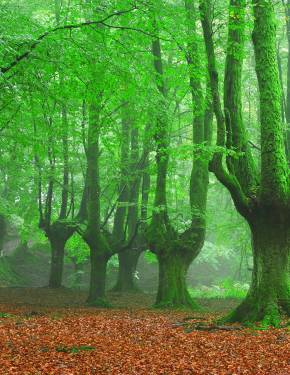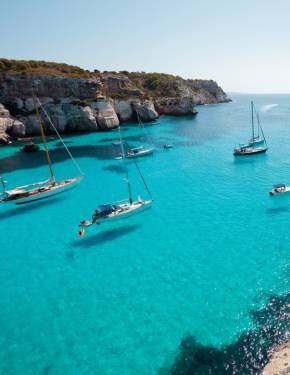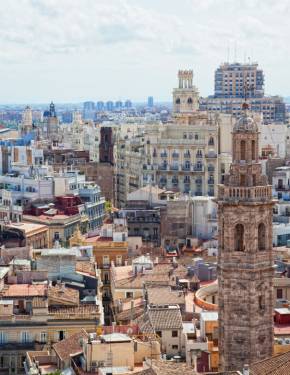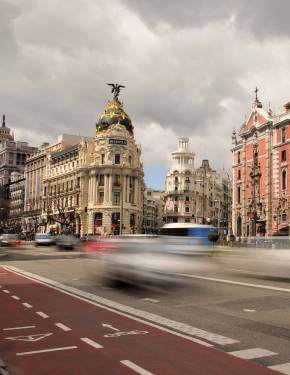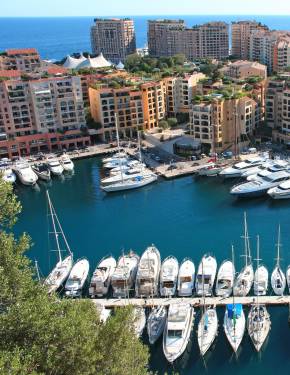Festa Major de Gràcia 2024 in Barcelona
Catalan style street party is an unsurpassable fun experience
Dates: August 15–21, 2024
The Festa Major de Gracia street festival is Barcelona's biggest, most colourful and most popular neighbourhood festival. During the Festa Major de Gràcia, the streets and squares of the Gràcia neighborhood in Barcelona come alive with vibrant decorations and activities. Residents and local organizations take part in the festival by organizing a variety of events such as dances, concerts, workshops, communal meals, and more. It's a community-driven celebration where everyone contributes to the festive atmosphere, creating an unforgettable experience for both locals and visitors alike.
Street Decorations
Decorations are probably the most important part of the Festa Major de Gràcia, as residents compete passionately to make their street the best decorated. Each block chooses a theme and covers the whole street with decorations, stretching banners between buildings, experimenting with colour, papier-mâché sculptures, and recycled materials. Balconies are turned into art installationswith everything they can find, from plastic bottles to paper and cardboard. Some of Gràcia's 20 streets look like caves because of the decorations over them.
Parades and Activities
The Festa Major de Gràcia kicks off on Assumption Day, a Spanish holiday, marking the beginning of one of Barcelona's most significant block parties. The festival features the lively Giants' Parade, traditional Sardana Dances, and exhilarating live concerts. One of the highlights is the Correfoc parade, where devil figures dance and race through the streets amidst sparks and fireworks, accompanied by a rhythmic beat from a following band. The festivities also include captivating exhibitions, the impressive castellers building human towers, towering gigantic figures, and more.
Contests
In the 19th century, residents of Gràcia not only adorned the streets and squares during Holy Week but also embellished their balconies and portals, a tradition that some historians believe predates the street decorations for the main festival. Inspired by this historical significance and the cultural richness it embodies, the Competition for Balconies, Portals, and Garnished Shops was revived. Other contests such as the Quick Painting Contest, Poster and Graphic Image Competition, and Photography Contest also contribute to the festive spirit.
History of the Festival
The festival began in 1817 as a religious gathering at Can Trilla to honor Mare de Déu d’Agost. It quickly gained popularity due to the vibrant street decorations and live performances of Nova Canço Catalana (New Catalan Song). Over time, it evolved into a more established event, shifting from a primarily religious focus to a civic celebration. Various associations and organizations began to play a role in organizing the festivities, contributing to its growth and cultural significance. During Franco's reign, the festival showcased Catalan culture and traditions despite some suppression.

